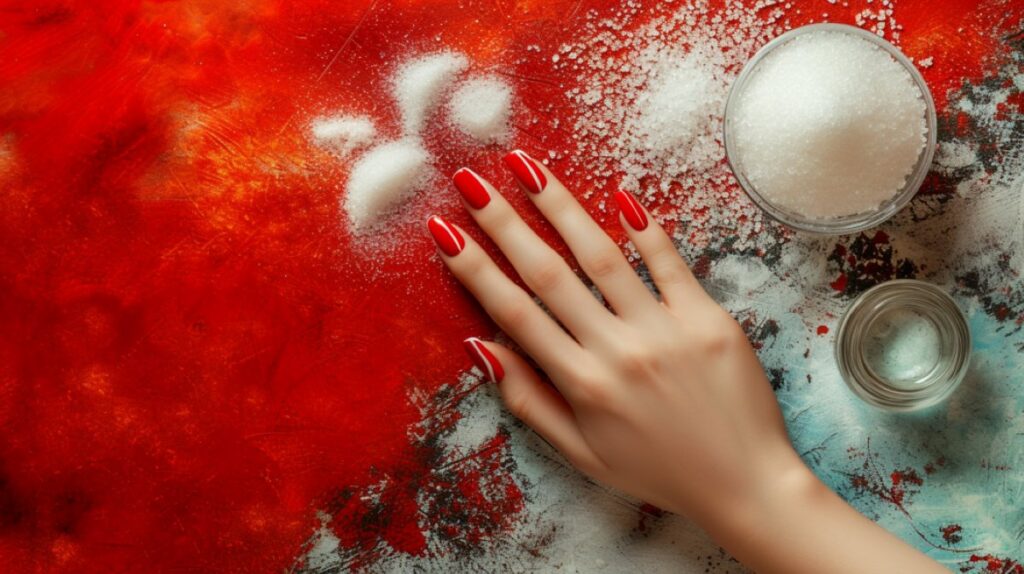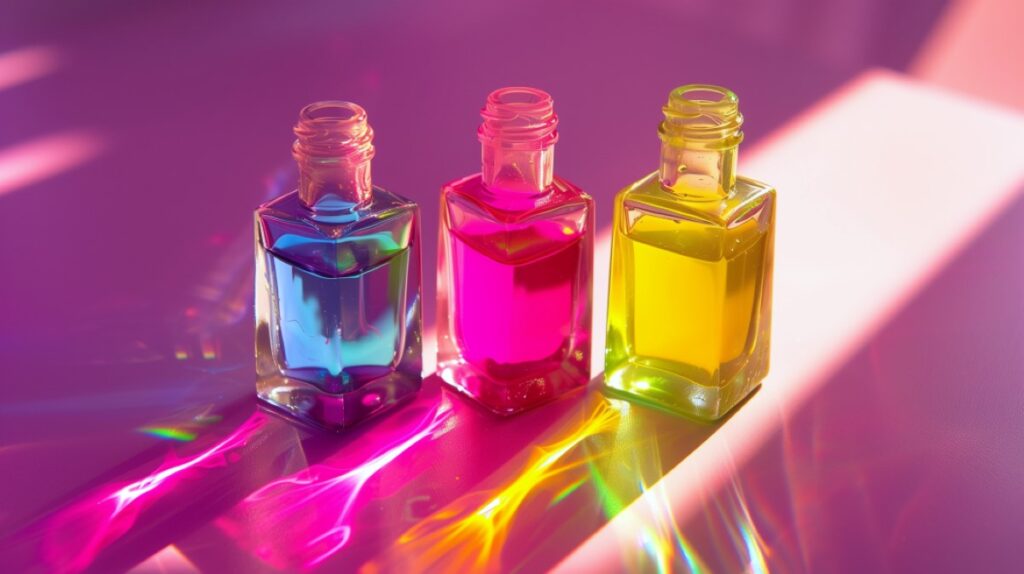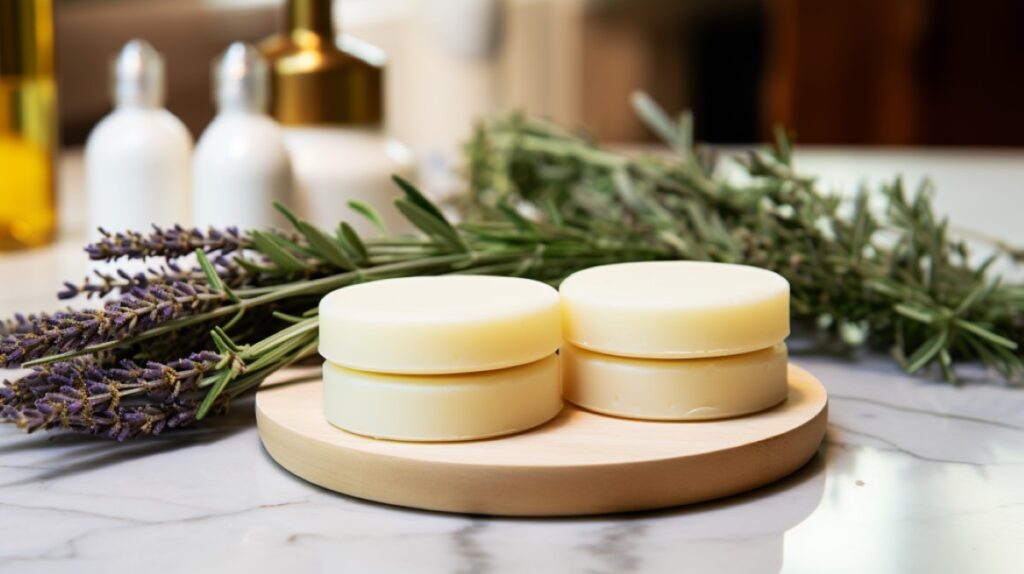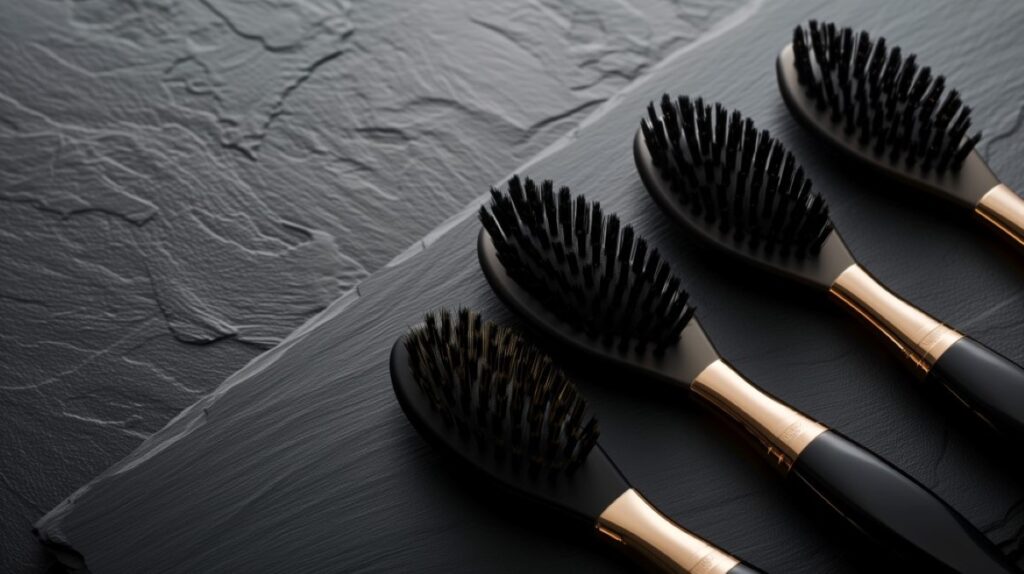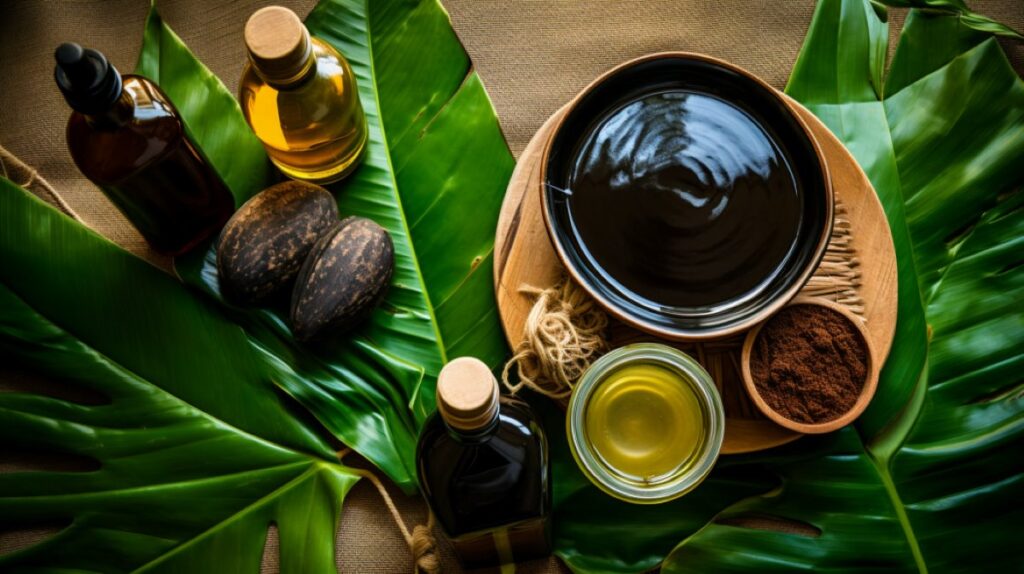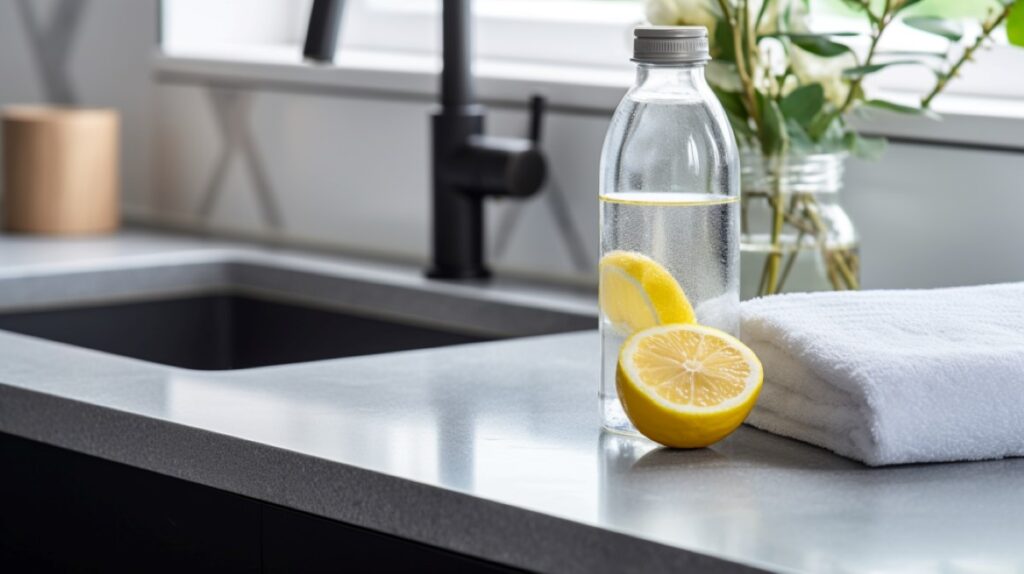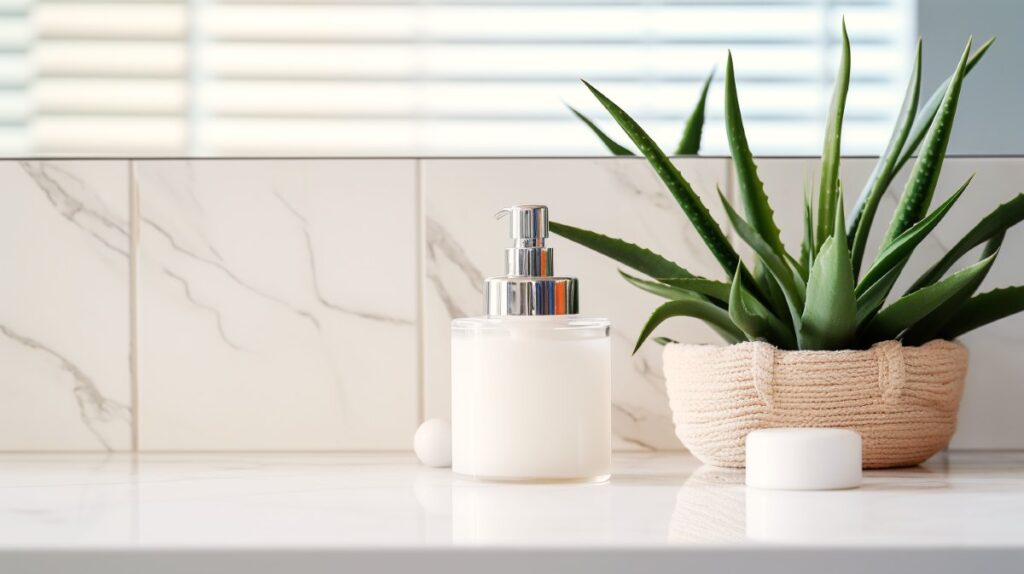How to Use a Lotion Bar: Top Tips + 4 Seasonal DIY Recipes
How to Use a Lotion Bar: Top Tips + 4 Seasonal DIY Recipes Lotion bars are a solid form of moisturizer that offers a great alternative to traditional liquid lotions. Unlike typical lotions in a pump or a bottle, these
How to Use a Lotion Bar: Top Tips + 4 Seasonal DIY Recipes Read More »


